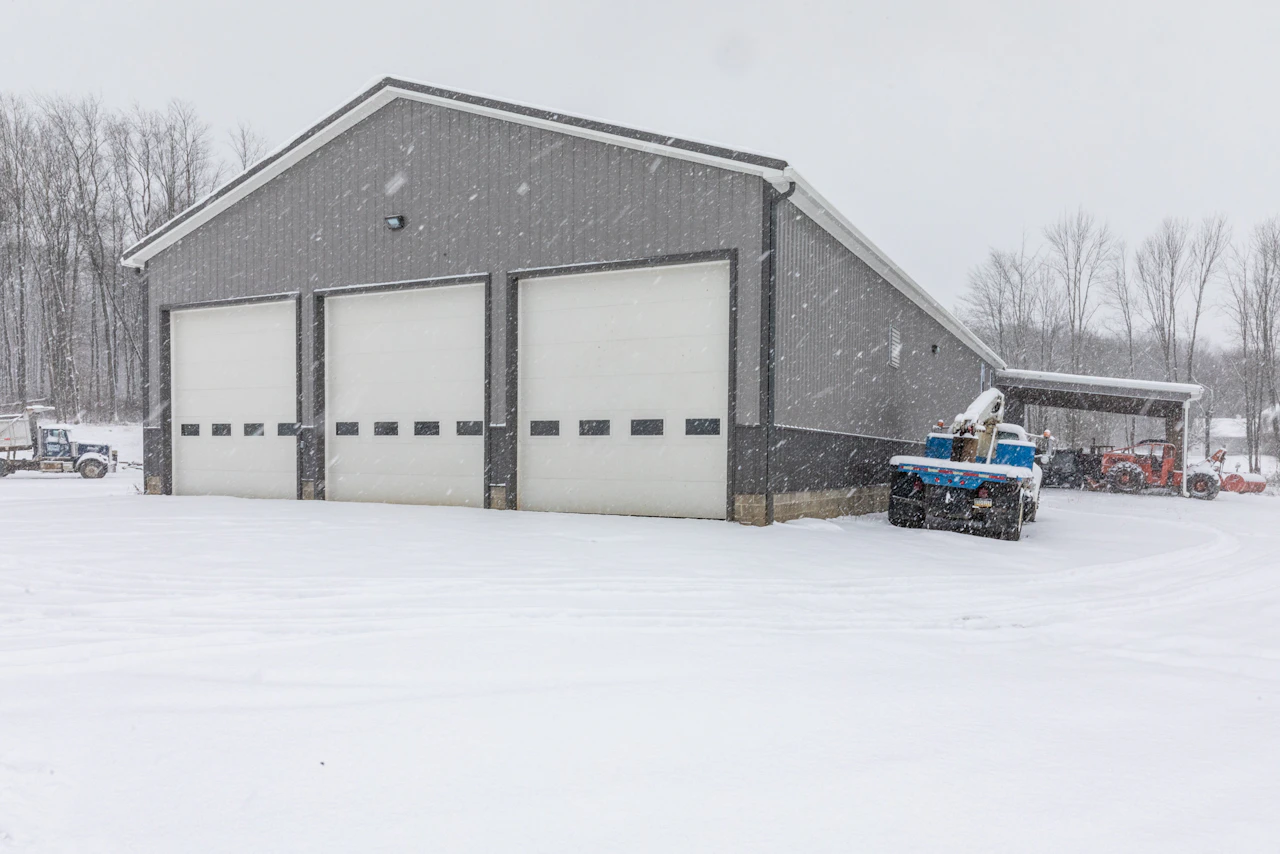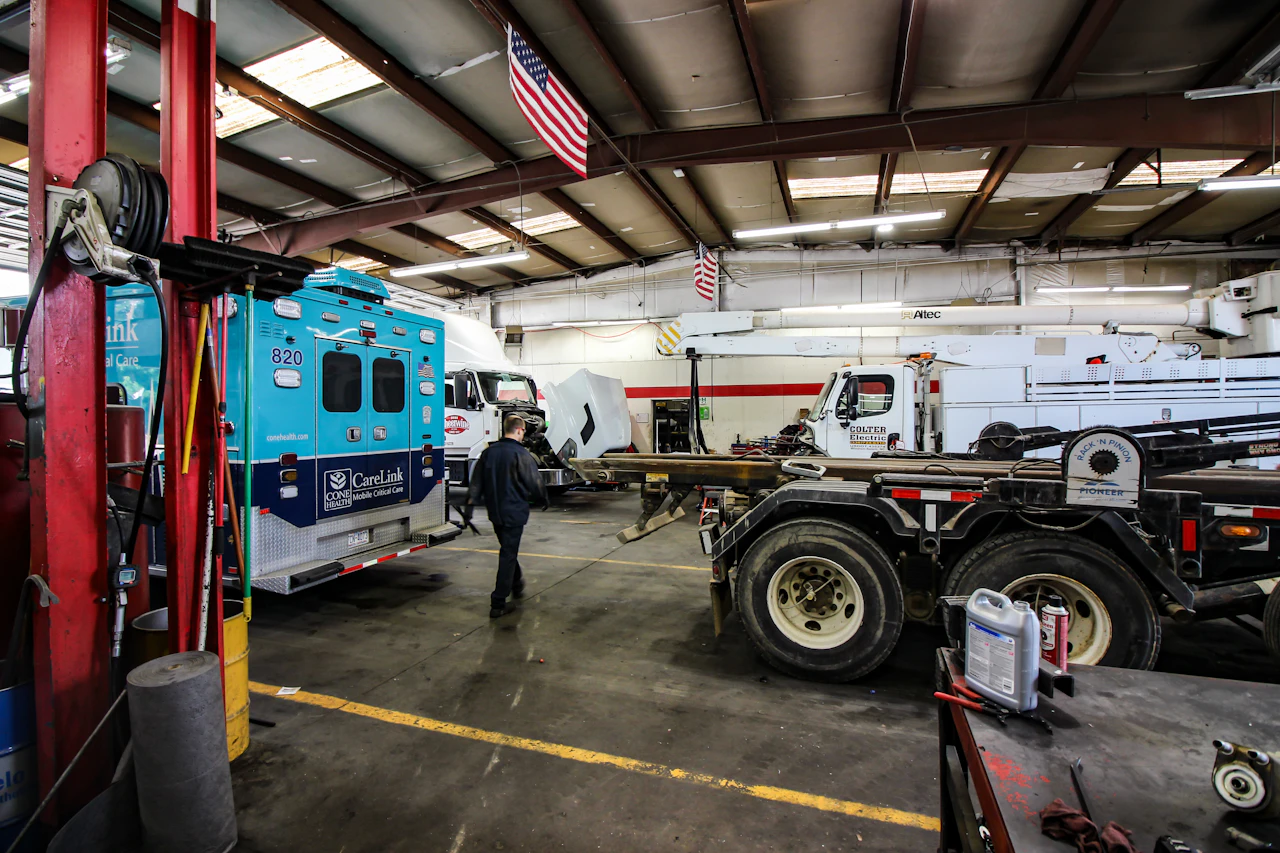No matter the temperature outside, your truck’s coolant system is on hand to regulate engine temperature. Without this, you run the risk of severely damaging your vehicles, including catastrophic engine damage. This is why being able to spot signs of failure early on is essential to keeping your trucks on the road and your customers and budget happy.
In this article, we’ll highlight five common signs that your coolant system is failing, as well as what to do to catch these issues early, preventing them from turning into expensive problems.
Sign #1: Overheating Engine
An overheating engine is the biggest red flag you will ever see when it comes to cooling system failure. The quickest way to spot this is by the temperature gauge reaching higher levels than usual, indicating that the engine is not cooling correctly. Leaving this too long can cause components to warp and engines to fail.
What to Do
To prevent your engine from overheating, regularly check the coolant level and ensure the radiator is in good condition. Inspect the radiator cap for wear and ensure it maintains the proper pressure in the system.
If this is a common problem, seek out a professional coolant system mechanic to diagnose and resolve the issue immediately. They may recommend replacing the thermostat or flushing the radiator to remove blockages.
Sign #2: Visible Coolant Leaks
Another easily identifiable sign of coolant system problems is a visible leak. Coolant leaks will appear in puddles beneath your vehicle and are easily indistinguishable from other liquids due to their look and smell. Coolant is often a bright color and has a sweet smell.
What to Do
Carry out routine checks underneath your vehicle to look for signs of leaks. Inspect the hoses and radiators for any structural damage, as this can cause leaks. Water pumps and heater cores can also be responsible for leaks, so don’t forget to check this.
Sign #3: Contaminated Coolant
Contaminated coolant, which may appear sludgy or have an unusual color, indicates significant problems with the cooling system. This contamination can result from oil or other contaminants entering the coolant, affecting its ability to perform.
Actionable Advice
Regularly test your coolant and replace it following the manufacturer’s recommendations—or sooner if contamination is detected. Keeping the coolant clean is vital for the system’s efficiency and the engine's health. Inspect the oil cooler and head gasket as potential sources of contamination.
Sign #4: Low Coolant Levels with No Visible Leaks
Sometimes, coolant levels may drop without any obvious leaks. This will often be due to internal engine problems, such as a blown head gasket, which can lead to coolant being burned off or escaping into other engine compartments.
Actionable Advice
If you notice a decrease in coolant levels but no visible leaks, conduct a pressure test on the cooling system. Regular professional inspections can help detect these invisible issues before they cause severe damage. Ensure the pressure cap is also tested, as it is crucial in maintaining the correct pressure within the system.
Sign #5: Poor Heater Performance
A malfunctioning heater can also indicate a coolant system issue, especially during cold weather when the heater is needed most. Poor heater performance might be due to a blocked thermostat or heater core.
Actionable Advice
Check the thermostat and heater core for any blockages or malfunctions. If heating issues persist, it’s wise to have these components inspected by a specialist. Flushing the heater core or replacing the thermostat can often resolve these issues.
Maintaining Your Coolant System
Regular Checks and Maintenance
Preventive maintenance is key to ensuring the longevity of your cooling system. This includes checking coolant levels, inspecting hoses and connections, and occasionally flushing the system to remove debris or buildup.
Professional Inspection
Schedule a periodic coolant system check by a professional mechanic, especially if you notice any of the warning signs we mentioned above. A professional can offer a detailed inspection that might include testing for leaks, assessing pump operation, and checking the integrity of the radiator and hoses.
Common Questions
How often should the coolant be replaced?
Generally, we advise replacing your coolant every 30,000 to 60,000 miles but always refer to your vehicle’s manual for specific recommendations.
What are the risks of ignoring coolant system warnings?
Ignoring these warnings can lead to engine failure, increased repair costs, and significant downtime.
Can I use any type of coolant in my vehicle?
It’s important to use the type of coolant recommended by your vehicle's manufacturer to avoid any chemical imbalances or damage.
Final Words
Knowing when your coolant system needs attention is absolutely essential to maintaining your vehicle's health. Catching issues early, including the ones we’ve outlined above, can help keep your vehicles on the road and out of repair shop bays. Even the most minor of issues can develop into huge problems, so if in doubt, remember to always seek out professional help.

